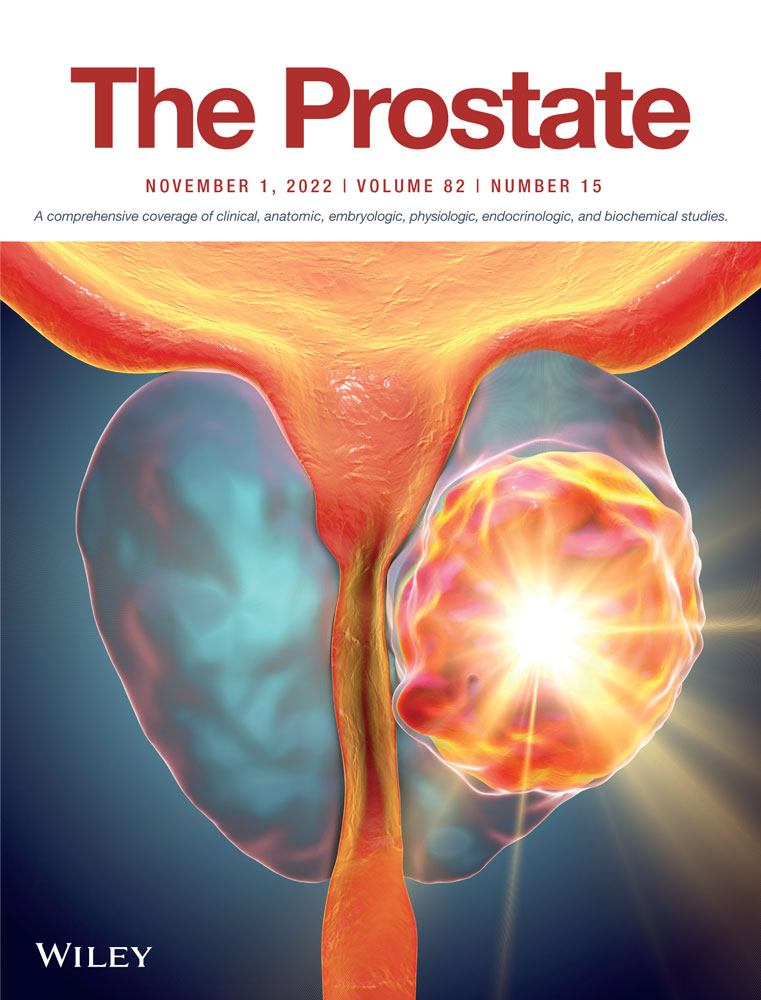New strategy for the identification of prostate cancer: The combination of Proclarix and the prostate health index
Abstract
Objectives
Prostate health index (PHI) and, more recently, Proclarix have been proposed as serum biomarkers for prostate cancer (PCa). In this study, we aimed to evaluate Proclarix and PHI for predicting clinically significant prostate cancer (csPCa).
Patients and Methods
Proclarix and PHI were measured using samples of 344 men from two different centers. All patients underwent prostate biopsy, and among those, 188 men with PCa on biopsy had an additional radical prostatectomy (RP). All men had a prostate-specific antigen (PSA) between 2 and 10 ng/ml. Evaluation of area under the curve (AUC) and performance at predefined cut-offs of Proclarix and PHI risk scores as well as the linear combination thereof was performed to predict csPCa. PSA density was used as an independent comparator.
Results
The cohort median age and PSA were 65 (interquartile range [IQR]: 60−71) and 5.6 (IQR: 4.3−7.2) ng/ml, respectively. CsPCa was diagnosed in 161 (47%) men based on the RP specimen. ROC analysis showed that Proclarix and PHI accurately predicted csPCa with no significant difference (AUC of 0.79 and 0.76, p = 0.378) but significantly better when compared to PSA density (AUC of 0.66, p < 0.001). When using specific cut-offs, Proclarix (cut-off 10) revealed higher specificity and positive predictive value than PHI (cut-off 27) at similar sensitivities. The combination of Proclarix and PHI provided a significant increase in the AUC (p ≤ 0.007) compared to the individual tests alone and the highest clinical benefit was achieved.
Conclusion
Results of this study show that both Proclarix and PHI accurately detect the presence of csPCa. The model combining Proclarix and PHI revealed the synergistic effect and improved the diagnostic performance of the individual tests.
CONFLICTS OF INTEREST
A. A. and R. S. received/held stock options and salaries and founder shares (R. S.) of Proteomedix. T. S. is an advisor to Proteomedix. T. S., A. A., and R. S. are inventors of the following patent application (WO2018011212) as well as R. S. on patent application (WO2009138392).
Open Research
DATA AVAILABILITY STATEMENT
The data that support the findings of this study are available from the corresponding author upon reasonable request.




